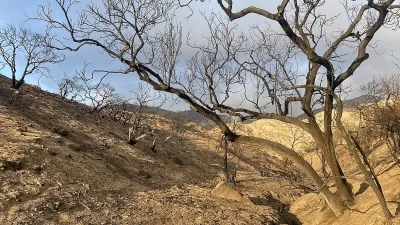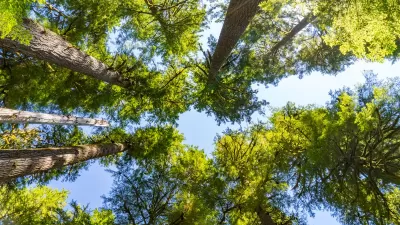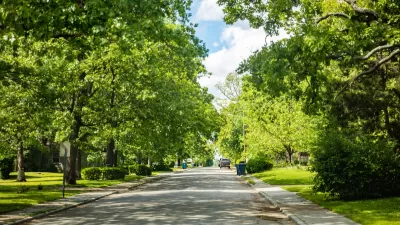Climate change is endangering oaks in the Great Lakes region by increasing their vulnerability to pests, diseases, and extreme weather, threatening their vital ecological role.

Oaks in the Great Lakes region face increasing threats from climate change, including rising temperatures, severe storms, and invasive pests, according to a study by Michigan Technological University. These conditions are stressing oak populations, leaving them vulnerable to diseases like oak wilt and attacks from insects such as the two-lined chestnut borer. The warming climate also extends the range and lifespan of harmful pests, exacerbating their impact on these vital trees. Oaks play a crucial ecological role, providing food and habitat for various wildlife species, including bears and turkeys, making their decline a significant environmental concern.
Invasive species and insufficient fire management further contribute to the challenges oaks face. The Michigan Tech study warns of emerging pests like oak gall wasps and stresses the need for vigilance in timber imports to prevent the spread of harmful insects. Historically, oaks thrived due to their adaptability to fire disturbances, which helped suppress competing species. However, the decline in controlled burns has reduced their ability to regenerate, compounding the threats posed by climate change.
Despite these challenges, oaks demonstrate resilience through their adaptation to extreme conditions and extensive root systems. Researchers emphasize the importance of monitoring pest populations and maintaining fire as a landscape management tool. Addressing these issues will be critical to preserving oak ecosystems and their broader environmental benefits in the face of a changing climate.
FULL STORY: Climate change puts oak trees in Great Lakes at risk

Trump Administration Could Effectively End Housing Voucher Program
Federal officials are eyeing major cuts to the Section 8 program that helps millions of low-income households pay rent.

Planetizen Federal Action Tracker
A weekly monitor of how Trump’s orders and actions are impacting planners and planning in America.

Ken Jennings Launches Transit Web Series
The Jeopardy champ wants you to ride public transit.

Washington Legislature Passes Rent Increase Cap
A bill that caps rent increases at 7 percent plus inflation is headed to the governor’s desk.

From Planning to Action: How LA County Is Rethinking Climate Resilience
Chief Sustainability Officer Rita Kampalath outlines the County’s shift from planning to implementation in its climate resilience efforts, emphasizing cross-departmental coordination, updated recovery strategies, and the need for flexible funding.

New Mexico Aging Department Commits to Helping Seniors Age ‘In Place’ and ‘Autonomously’ in New Draft Plan
As New Mexico’s population of seniors continues to grow, the state’s aging department is proposing expanded initiatives to help seniors maintain their autonomy while also supporting family caregivers.
Urban Design for Planners 1: Software Tools
This six-course series explores essential urban design concepts using open source software and equips planners with the tools they need to participate fully in the urban design process.
Planning for Universal Design
Learn the tools for implementing Universal Design in planning regulations.
Heyer Gruel & Associates PA
Ada County Highway District
Institute for Housing and Urban Development Studies (IHS)
City of Grandview
Harvard GSD Executive Education
Toledo-Lucas County Plan Commissions
Salt Lake City
NYU Wagner Graduate School of Public Service





























